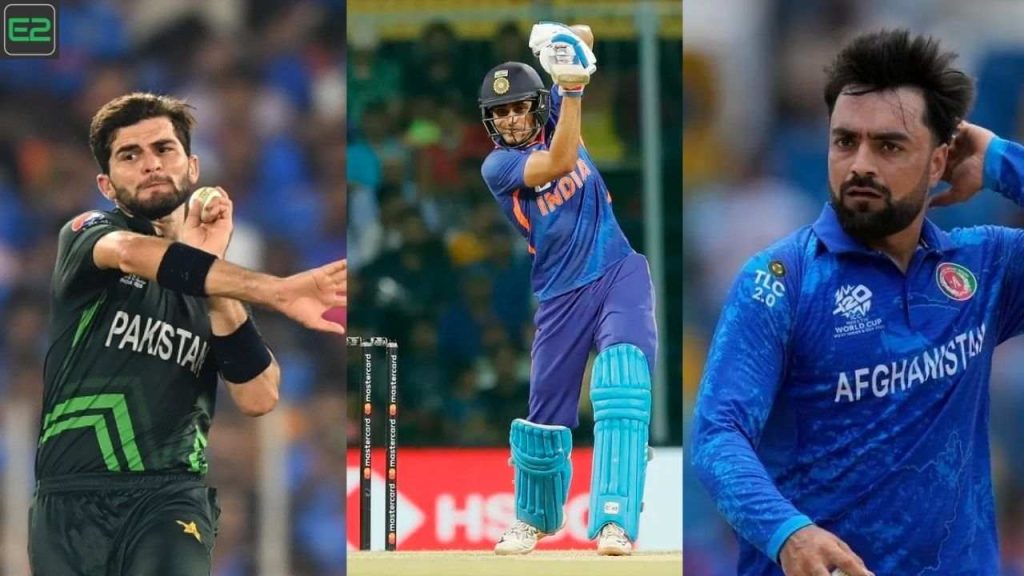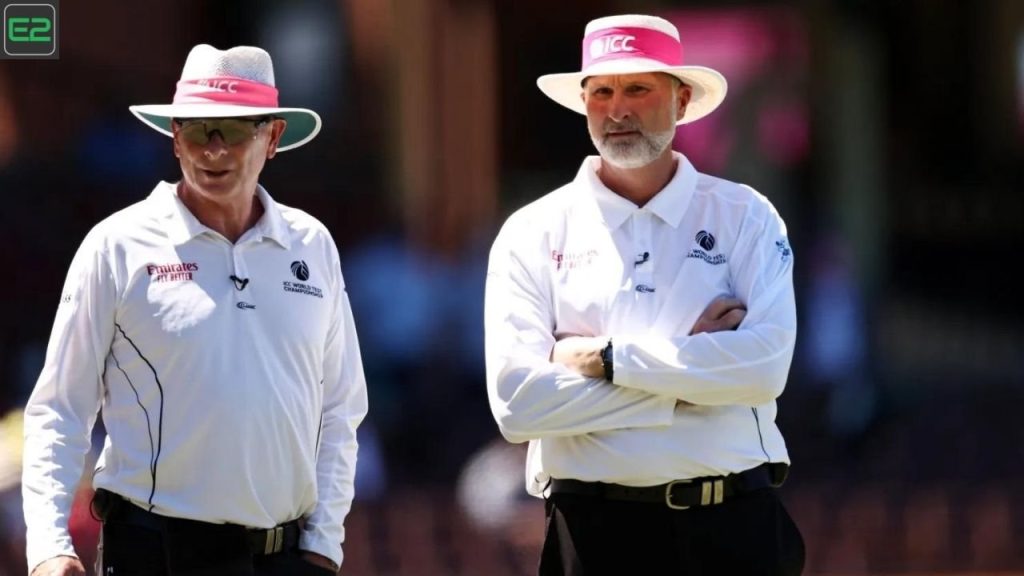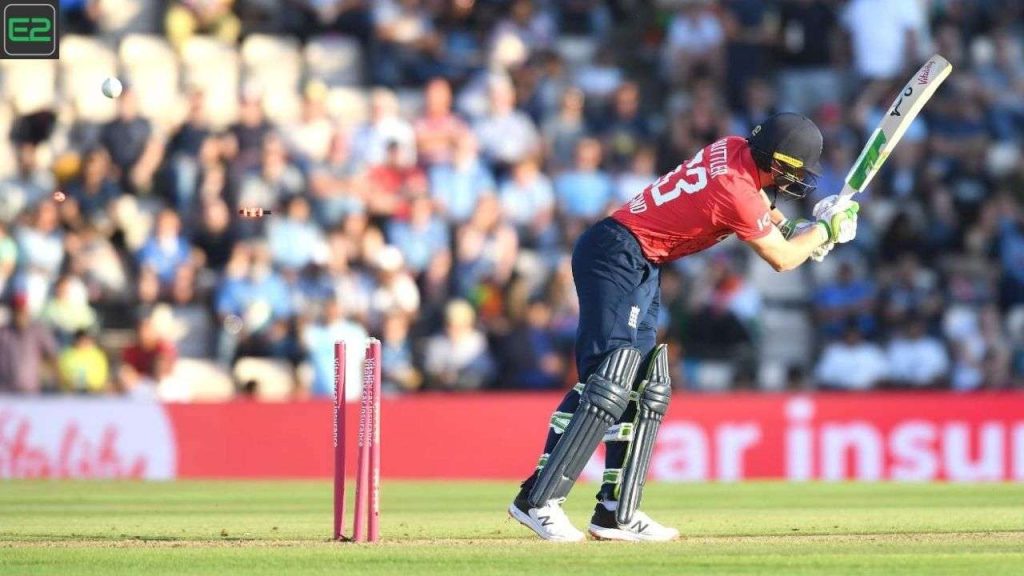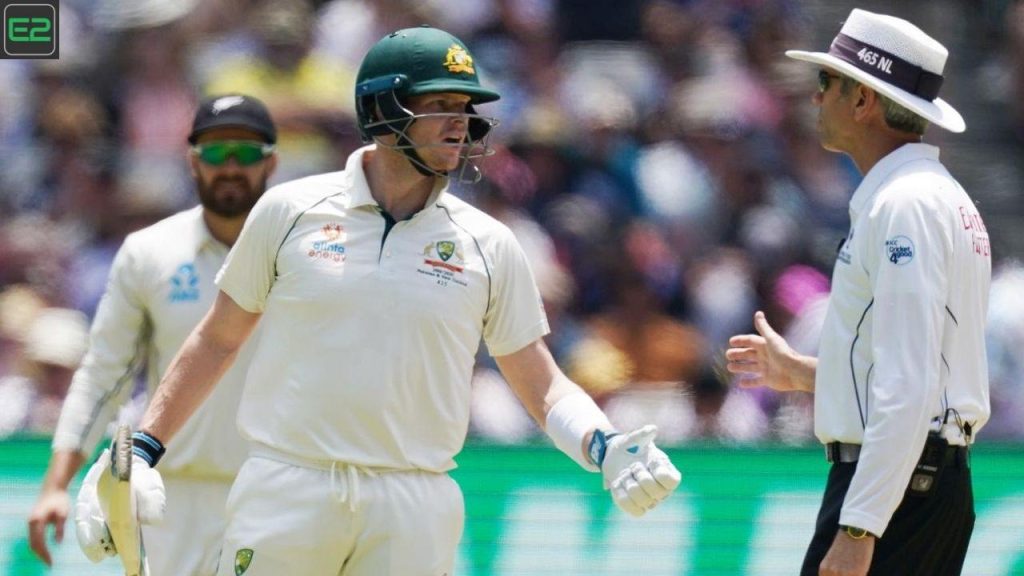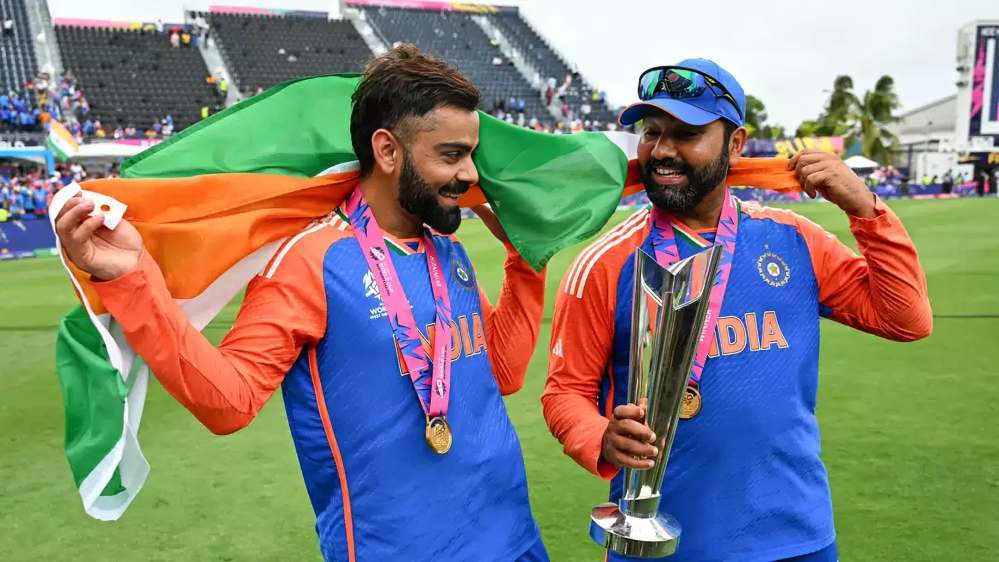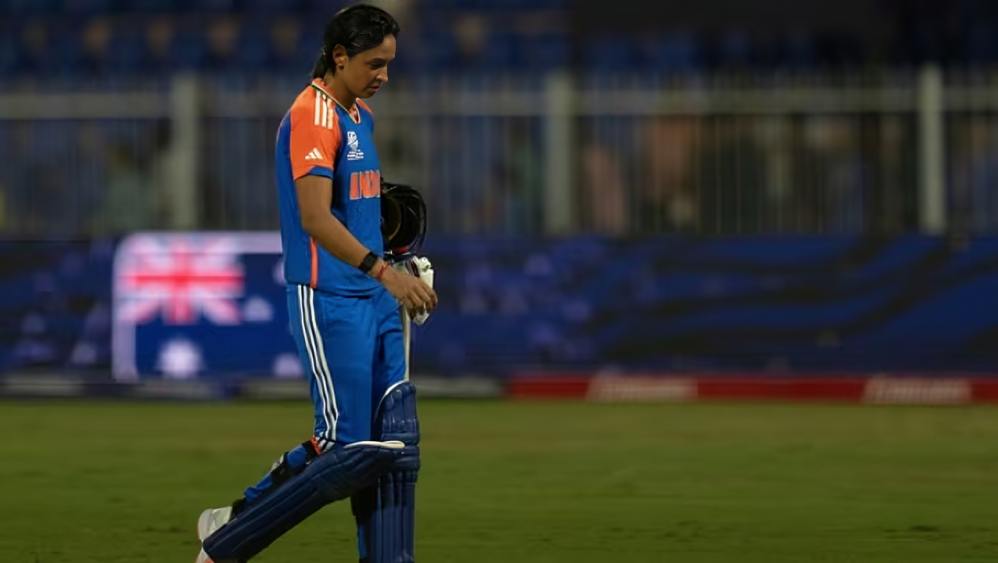Why Are Some Cricketers Overweight?: In a sport where fitness and agility are often associated with peak performance, the presence of overweight cricketers might seem surprising. After all, cricket involves plenty of running, long hours on the field, and bursts of intense physical activity. So, why are some cricketers overweight? The answer lies in a mix of factors, including the demands of the sport, individual body types, playing roles, and evolving approaches to fitness in cricket.
Why Are Some Cricketers Overweight?
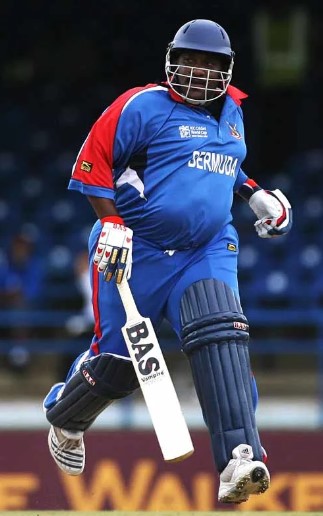
1. The Role of Body Types in Cricket
Overweight: Cricket is a unique sport that requires players to perform a variety of skills, and these skills don’t always demand the same type of physique. For example, fast bowlers, who need speed, strength, and stamina, typically have lean, muscular builds to generate pace and power. On the other hand, spinners might not need the same explosive power, and their body type may be more varied.
Overweight cricketers are often those in specific roles where speed and agility are less critical, such as in the batting order or as part-time bowlers. In particular, some middle-order batsmen or wicketkeepers may not have to rely on extreme fitness levels to perform their job on the field. These players may have slightly higher body mass, as the nature of their role doesn’t necessarily require them to be ultra-slim or toned.
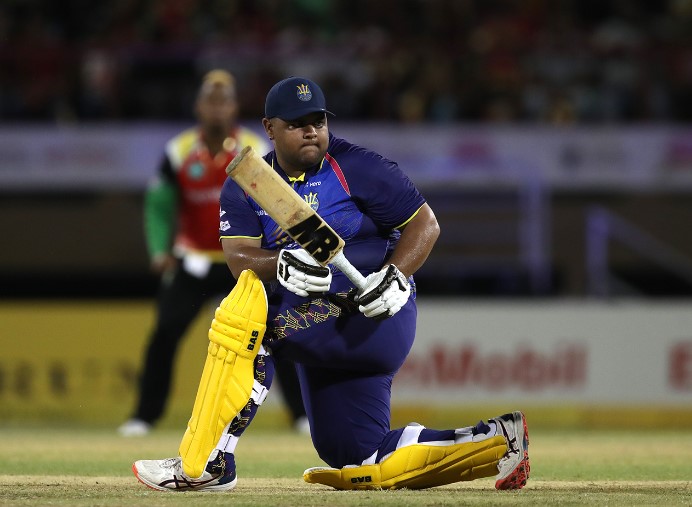
2. Batting and Wicketkeeping: Lower Physical Demands
While cricket is a demanding sport, not all roles require the same level of cardiovascular fitness. In particular, batsmen who don’t bowl or field extensively may not have the same physical requirements as all-rounders or fast bowlers. Similarly, wicketkeepers, though they need agility for quick reflexes behind the stumps, aren’t usually required to run long distances or sprint as much as outfield players.
In these cases, a cricketer’s weight may not hinder their ability to perform their primary role. In fact, some cricketers may focus more on technique and skill rather than body composition. Overweight players in these roles might have a lower emphasis on fitness, but they still bring technical ability to the team.
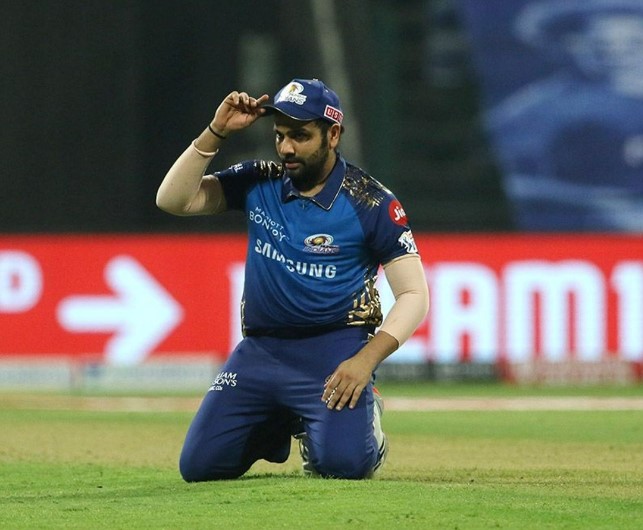
3. The Evolution of Cricket Fitness
Traditionally, cricket was not a sport where fitness was a major focus. In the early years, many cricketers were not held to the same physical standards that are now expected. Players often had other jobs outside of cricket or were less focused on physical conditioning. Even up until the 1990s, cricketers could get by without being in peak physical condition.
However, the game has evolved significantly in recent decades. Modern cricketers are expected to be more athletic, with a strong emphasis on fitness, endurance, and agility. Yet, this doesn’t mean that every player must conform to an ideal body type. The sport is diverse enough to accommodate different body shapes and sizes, especially with a growing recognition that physical performance in cricket is not solely about being thin or lean. Players can still excel with varying body types, particularly if they have a skill set that doesn’t rely on speed or extreme fitness.
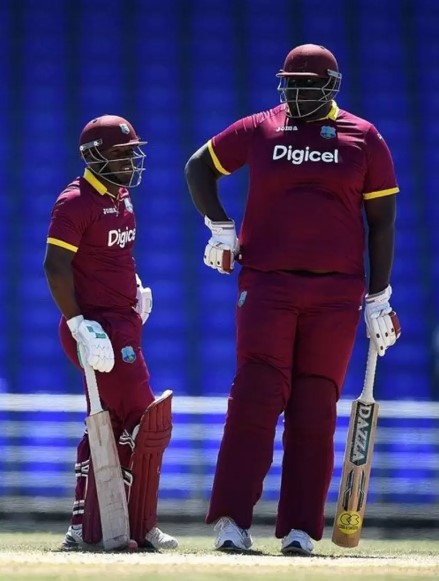
4. Genetics and Natural Body Types
Just like in any other sport, cricketers come in a variety of shapes and sizes, and genetics play a significant role. Some players may naturally have a larger frame or a slower metabolism, which can contribute to higher body mass. This is not necessarily a disadvantage in cricket, as long as the player is still able to perform well in their specific role.
For example, a cricketer might have a naturally stocky build, and this body type could be advantageous for their power-hitting ability or for being a strong, steady presence at the crease. Similarly, some cricketers may gain weight more easily due to genetic factors but still maintain high levels of skill and performance.

5. The Shift Toward Skill Over Fitness in Certain Roles
The increased emphasis on fitness in modern cricket is undeniable, but it’s also true that not all aspects of the game require elite fitness levels. For example, while fast bowlers and all-rounders are often expected to be in top physical condition, batsmen who are not fielding or bowling may prioritize skill over athleticism. In the case of players like former West Indian legend Chris Gayle, being larger and less athletic didn’t stop him from becoming one of the most powerful and feared hitters in world cricket.
In fact, cricket is a sport where technical skill, timing, hand-eye coordination, and mental strength often trump physical appearance. A player with a larger frame may still possess impeccable technique, which allows them to excel in their role despite their body composition. The mindset in modern cricket now focuses on balancing fitness with skill development, recognizing that not all players need to conform to a single “athletic” ideal.
6. Diet and Lifestyle Choices
Diet and lifestyle also play a major role in determining a cricketer’s weight. In many cases, players may be consuming enough calories to fuel their performance, but if they are not burning those calories through intense physical activity, weight gain can occur. This is particularly true for players who have long breaks between matches or who travel frequently for tournaments, leading to irregular eating habits or less consistent training routines.
The pressures of maintaining peak fitness can sometimes be offset by factors like long international tours or mental fatigue. In some cases, players may prioritize their performance in a particular series over their overall fitness, leading to fluctuations in weight. This is especially common in players who are in between contracts or have limited fitness assessments for non-critical roles.
7. Mental Health and Well-being
In any professional sport, mental health is a growing concern, and the pressures of elite competition can lead to unhealthy coping mechanisms, including overeating or poor dietary habits. Cricket, with its demanding schedule, frequent travel, and public scrutiny, can put significant stress on players, which may, in turn, affect their physical health. Some players may struggle with body image issues or find it difficult to maintain a strict fitness regimen during challenging periods.
The mental aspect of weight management is important, and in cricket, players with a larger body mass may face challenges in maintaining both physical fitness and mental well-being. Increasingly, the sport is recognizing the importance of supporting players’ mental health as a vital component of their overall performance and longevity.
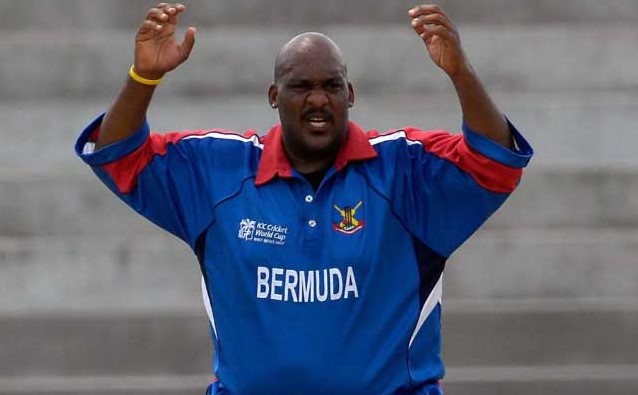
While cricket has traditionally favored a more diverse range of body types, modern demands for fitness and endurance are slowly reshaping the way players approach their physical condition. Some cricketers may still carry extra weight due to their role in the team, body type, lifestyle, or even personal preference. However, this doesn’t necessarily detract from their effectiveness on the field.
Ultimately, in a sport like cricket, where skill and technique play a central role, the focus is shifting towards overall performance rather than conforming to a specific body image. Fitness is undeniably important, but a player’s ability to perform — whether they are lean or larger – is what truly matters. As long as cricketers can play to their strengths and maintain a level of fitness suited to their role, their weight should not overshadow their talents on the field.
You will have fun playing exciting games on here: E2Bet
Here Are Some Helpful Tips:



